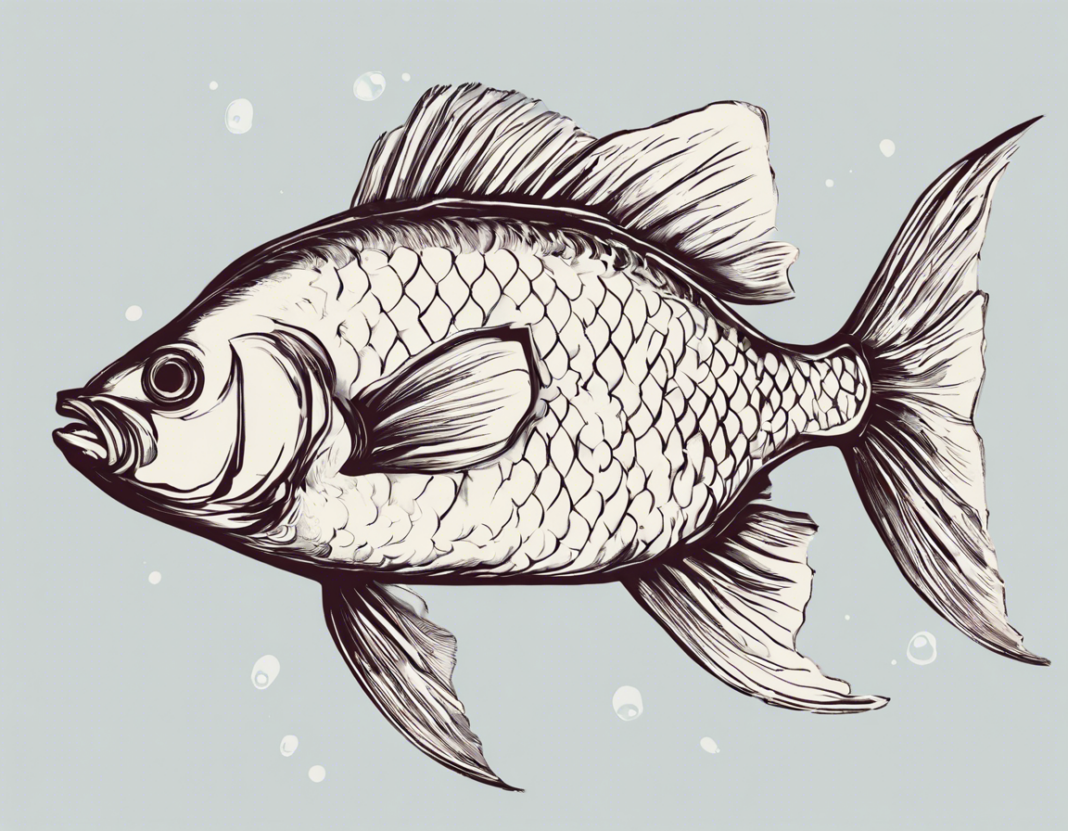Introduction
Have you ever marveled at the sheer diversity of life that inhabits our planet’s oceans, rivers, and lakes? The world of fish is a fascinating and diverse realm, with over 32,000 known species found in a wide range of habitats spanning from the deepest ocean trenches to the highest mountain rivers. In this article, we will delve into the captivating world of fish, exploring their biology, behavior, habitats, and the vital role they play in ecosystems worldwide.
Anatomy and Physiology
Fish are vertebrates belonging to the class Actinopterygii or ray-finned fish, which make up the vast majority of fish species. These creatures display a remarkable array of adaptations suited to their aquatic lifestyles. Their streamlined bodies are designed for efficient movement through water, with most species propelled by fins that provide stability and direction. Fish breathe through gills, extracting oxygen from water as it passes over delicate filaments rich in blood vessels.
The anatomy of fish also includes other unique features such as scales, which provide protection and reduce friction, along with specialized structures like the lateral line system that detects changes in water pressure and movement. The physiology of fish is equally fascinating, with many species possessing the ability to regulate their buoyancy using swim bladders or gas-filled chambers to adjust their position in the water column.
Behavior and Reproduction
Fish exhibit a diverse array of behaviors, from intricate mating rituals to cooperative hunting strategies. Some species, like the clownfish, form symbiotic relationships with anemones for protection, while others, such as anglerfish, use bioluminescent lures to attract prey. Migration is another common behavior among fish, with species like salmon traveling thousands of miles between ocean and freshwater habitats to reproduce.
Reproduction in fish varies widely, with some species laying thousands of eggs that are left to develop independently, while others, like certain species of cichlids, exhibit complex parental care behaviors such as guarding the eggs or fry. Sexual dimorphism is also prevalent in many fish species, with males and females displaying different coloration, size, or fin shapes to attract mates or compete for territory.
Habitats and Ecosystem Roles
Fish inhabit virtually every aquatic environment on Earth, from the sunlit surface waters of coral reefs to the lightless depths of the abyssal plains. Freshwater fish like trout and catfish thrive in rivers, lakes, and streams, while marine species such as sharks and tuna roam the world’s oceans. Certain species, like lungfish, even have adaptations that allow them to survive in oxygen-poor or stagnant waters.
As keystone species in aquatic ecosystems, fish play crucial roles in maintaining the health and balance of their environments. They serve as both predators and prey, helping to control populations of other organisms and contributing to nutrient cycling through their feeding habits. Coral reef fish, for example, help to keep algae in check, allowing corals to thrive and supporting a diverse array of marine life.
Threats and Conservation
Despite their resilience and adaptability, fish face a myriad of threats in the modern world. Overfishing, habitat destruction, pollution, and climate change are putting immense pressure on fish populations worldwide. Bycatch, the unintentional capture of non-target species in fishing gear, is a particularly pressing issue that affects not only fish but also marine mammals, seabirds, and turtles.
Conservation efforts aimed at protecting fish populations and their habitats are crucial for ensuring the long-term health and sustainability of aquatic ecosystems. Measures such as marine protected areas, sustainable fishing practices, and habitat restoration projects play key roles in safeguarding fish populations and promoting biodiversity. Public awareness and education are also essential for fostering a culture of ocean stewardship and responsible resource management.
Conclusion
The world of fish is a wondrous and diverse realm, rich in beauty, complexity, and ecological significance. From the tiny goby to the massive whale shark, these creatures captivate our imagination and remind us of the interconnectedness of all life on Earth. By taking steps to understand, appreciate, and protect fish and their habitats, we can ensure a sustainable future for these remarkable beings and the ecosystems they call home.
Frequently Asked Questions (FAQs)
- What is the largest species of fish?
-
The largest fish species is the whale shark (Rhincodon typus), which can reach lengths of over 40 feet and weigh up to 20 tons.
-
Do fish feel pain?
-
While the ability of fish to experience pain is a topic of scientific debate, research suggests that they have nociceptors, or pain receptors, and exhibit behaviors indicative of pain responses.
-
How do fish communicate with each other?
-
Fish communicate through a variety of visual, auditory, and chemical signals, including body movements, color changes, sounds, and pheromones released into the water.
-
Can fish drown in water?
-
Fish extract oxygen from water through their gills, so they cannot drown in the same way humans do. However, factors like low oxygen levels or pollution can still threaten their survival.
-
What is the role of fish in human diets?
-
Fish are excellent sources of protein, omega-3 fatty acids, vitamins, and minerals, making them a valuable component of balanced diets worldwide.
-
How many fish species are endangered?
-
According to the International Union for Conservation of Nature (IUCN), around 27% of known fish species are considered threatened with extinction due to various human-induced factors.
-
Do fish have memories?
-
Fish exhibit complex behaviors that suggest they have memory capabilities, including learning from past experiences, recognizing individuals, and navigating familiar environments.
-
What is the significance of fish in various cultures?
-
Fish hold cultural importance in many societies, symbolizing fertility, abundance, transformation, and spiritual meanings in traditions, art, mythology, and cuisine.
-
Can fish change sex?
-
Some fish species, such as clownfish and wrasses, are known to exhibit sequential hermaphroditism, where individuals can change their sex from male to female or vice versa depending on social and environmental factors.
-
How long can fish live?
- The lifespan of fish varies significantly among species, with some like certain rockfish living over 100 years, while others, such as guppies, may only survive for a few years in the wild.

